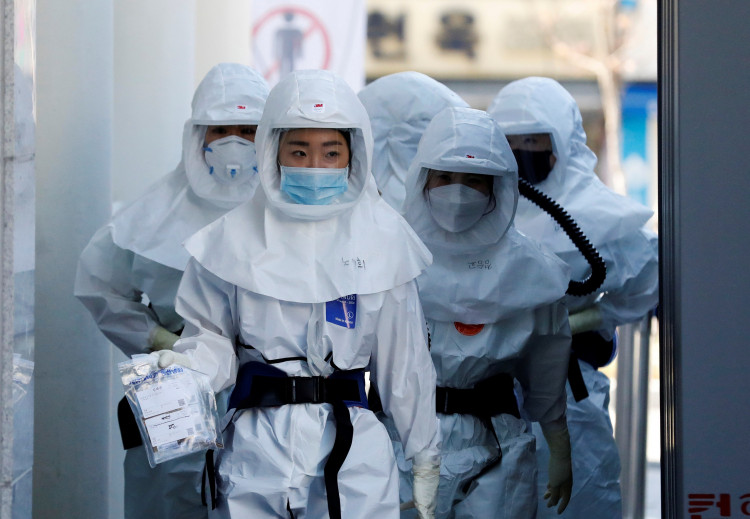Many parts of the U.S. will return to lockdown this week and the number of infections and hospitalizations rose. The restrictions will start between Wednesday and Friday, politicians and experts said.
The number of patients hospitalized with COVID-19 in California has risen by 32% over the past two weeks and intensive-care admissions have increased 30%, Dr. Mark Ghaly, the state's health and human services secretary said according to Reuters and other news reports.
As a result, many states and state counties will reverse decisions to reopen parts of their economies. The lockdowns will be governed by the most restrictive category of regulations under which indoor dining in restaurants isn't allowed and gyms and religious institutions aren't permitted to hold indoor activities.
California, Minnesota and Illinois are among the states returning to lockdown.
"We anticipate if things stay the way they are...over half of California counties will have moved into a more restrictive tier" by next week its state health and human services secretary Dr. Mark Ghaly says.
In Minnesota, Gov. Tim Walz announced new restrictions as the Midwestern state reported a fresh record high in daily COVID-19 hospitalizations and medical systems in Minnesota expressed concerns about their ability to cope with the surge.
The state reported 1,224 coronavirus hospitalizations Tuesday, up from 1,084 the previous day and a new daily record, according to a Reuters news agency tally.
Beginning Friday, restaurants and bars in Minnesota must close dine-in services between 10 p.m. and 4 a.m. (04:00 GMT and 10:00 GMT) and keep the number of patrons below 50% of capacity. The governor's order also includes private social gatherings, which must be limited to 10 people from three households or less.
"We've turned our dials, we're going to have to turn them back a little bit," Walz said,
In Illinois, which recorded its highest number of daily cases Tuesday with 12,626 new infections, Gov. JB Pritzker told reporters the majority of the state's regions were seeing higher hospitalization rates compared with last spring.
Iowa Gov. Kim Reynolds also took steps to curb the disease's spread by limiting the size of social gatherings and imposing a targeted mask-wearing requirement for certain situations.
U.S. Health Secretary Alex Azar is worried about rising hospitalizations that were straining medical facilities in areas hardest hit and said health officials will work to set up temporary medical facilities where they might be needed.
There were more than 59,000 COVID-19 patients in hospitals across the U.S. on Monday, the country's highest number ever of in-patients being treated for the disease. Daily new infections exceeded 100,000 for the sixth consecutive day.
U.S. infectious disease expert Anthony Fauci welcomed the Pfizer vaccine announcement but warned the winter months promise to bring more infections as people stay indoors.
Fauci said health officials were reporting more infections from small gatherings, an indication the virus is being spread by asymptomatic people.
"There are people out there, innocently and unwittingly, who are infected, don't have any symptoms, who are infecting others," he said Tuesday. "So much more widespread testing of asymptomatic individuals is going to be very important as we enter, and go into, these months of indoor-type gathering."






